Technical Questions
Frequently Asked Questions
Learn how to check tires, oil, fluids, and other essential car components yourself. In this section, you will find practical explanations and tips to prepare your car for safe and comfortable driving in any conditions. Simple, clear, and useful – perfect before the driving exam or for everyday use.
1. How to distinguish winter tires from summer tires?
Winter tires can be identified by the mountain and snowflake symbol on the side. They are often also marked with M+S (Mud & Snow).
Differences:
Tread – Winter tires have small grooves (sipes) that help with grip on ice and snow.
Rubber composition – Softer, so it doesn’t harden in cold weather.
Minimum tread depth – Winter tires: 4 mm, summer tires: 1.6 mm.
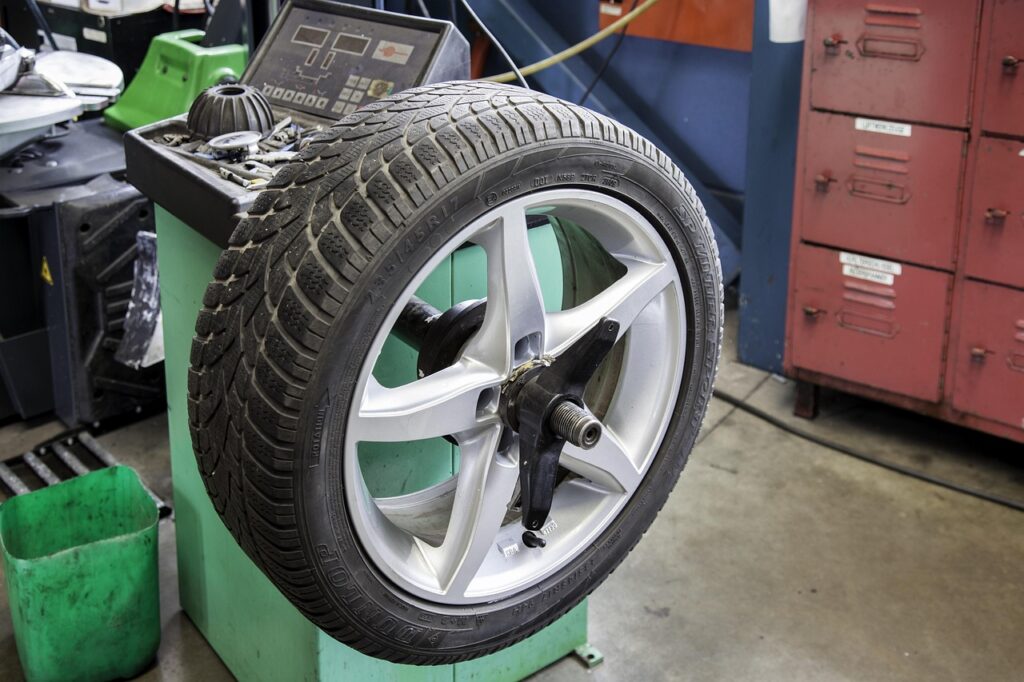
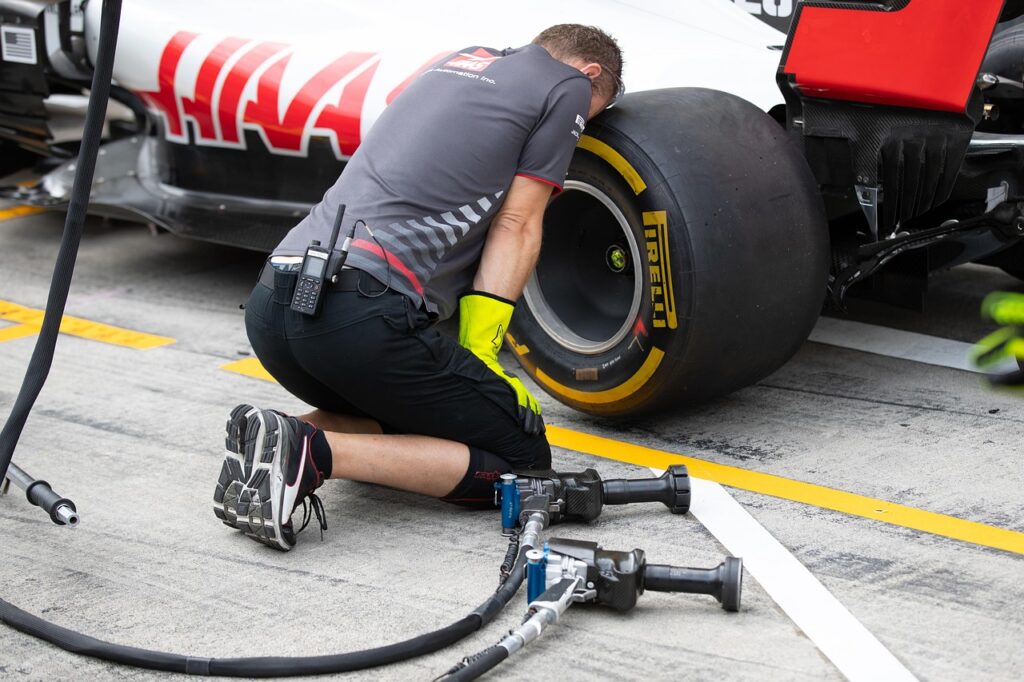
2. How to check tire pressure?
Tire pressure affects both safety and fuel consumption.
How to check:
Use a pressure gauge at a gas station.
Find the correct pressure on a sticker, usually near the fuel cap or driver’s door frame.
Typical: ~2.0 bar rear, ~2.2 bar front.
3. Changing a wheel – step by step
Stop in a safe place and turn on hazard lights.
Put on a reflective vest, place the warning triangle.
Put wheel chocks on the opposite side.
Loosen wheel nuts (not completely).
Lift the car with a jack.
Replace the wheel and tighten the new nuts.
Lower the car and fully tighten the nuts.
After ~50 km, check that the nuts are still tight.
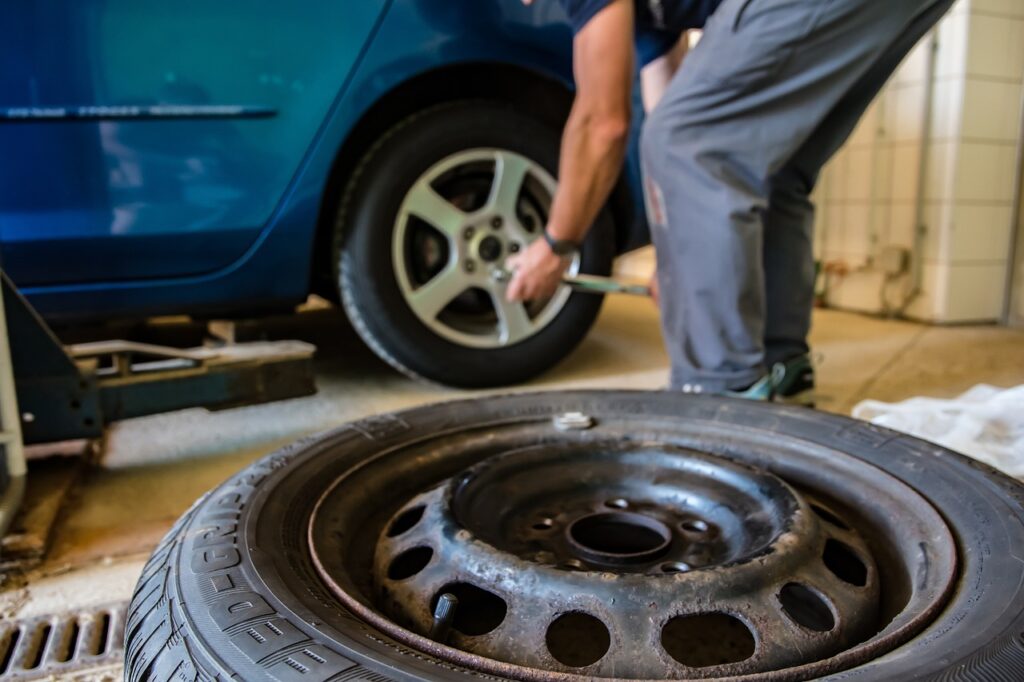
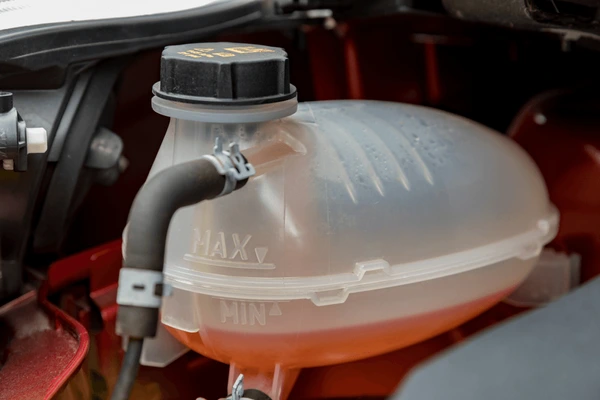
4. Coolant (antifreeze)
If the coolant warning light turns on, wait until the engine cools down (at least 15 minutes).
Check the expansion tank – the level should be between MIN and MAX marks.
Top up with antifreeze of the same color.
5. Engine oil level
Turn off the engine and wait a few minutes.
Pull out the dipstick, wipe it, insert it back, then pull out again.
The level should be between MIN and MAX.
Top up with manufacturer-recommended oil if needed.
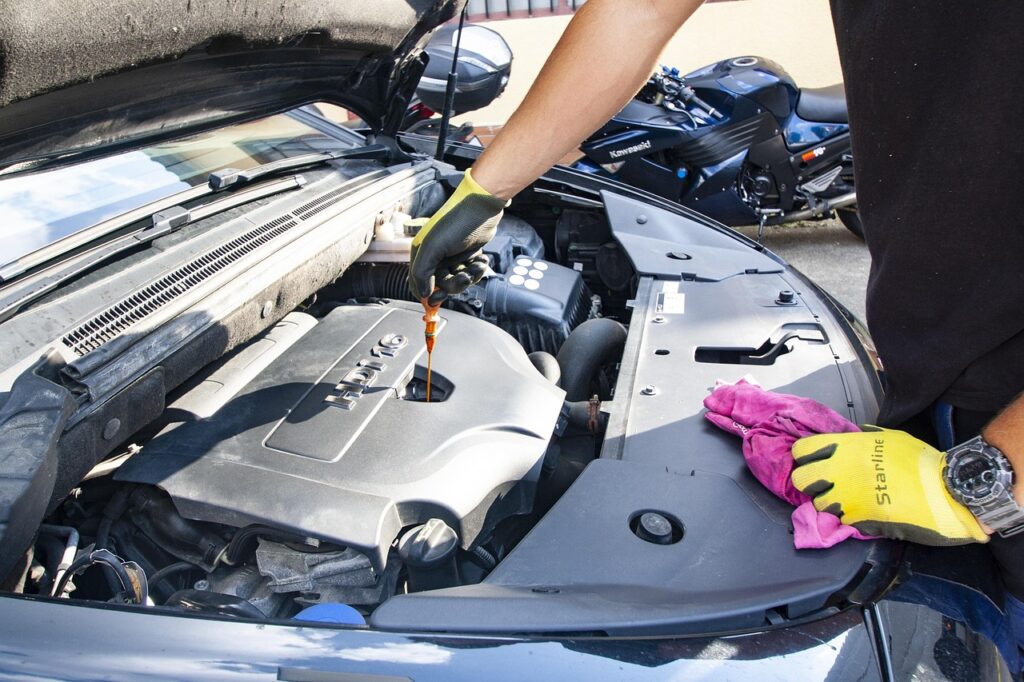
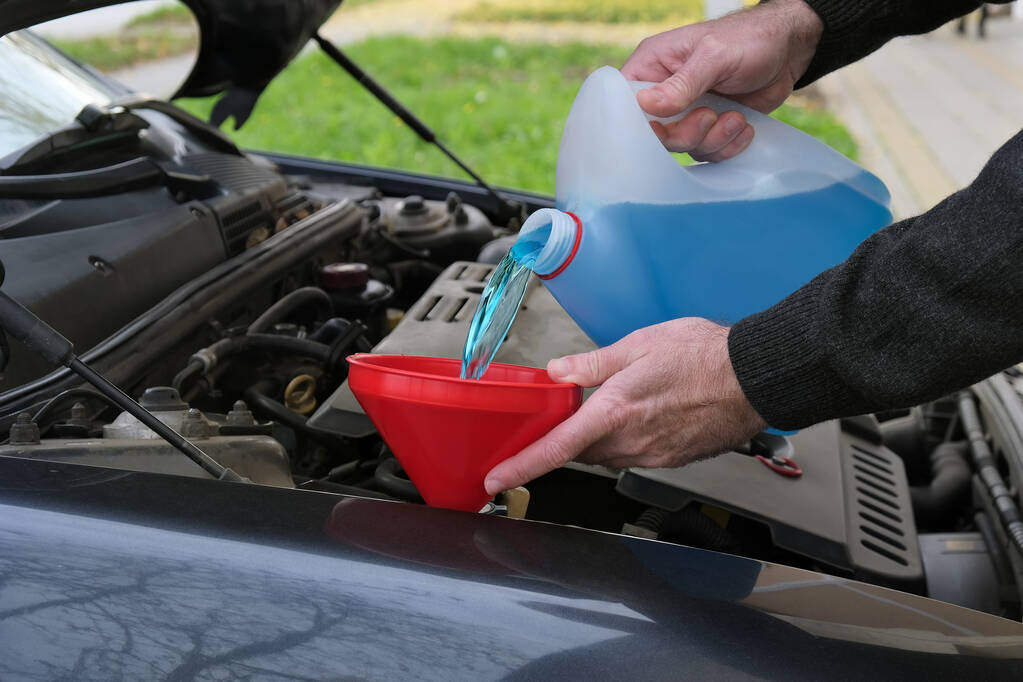
6. Windshield washer fluid
Open the hood and locate the blue container with the windshield symbol.
Refill with winter or summer washer fluid depending on the season.
7. Lighting and hazard signals
Before driving, make sure the following work:
Low and high beams
Parking lights
Hazard lights
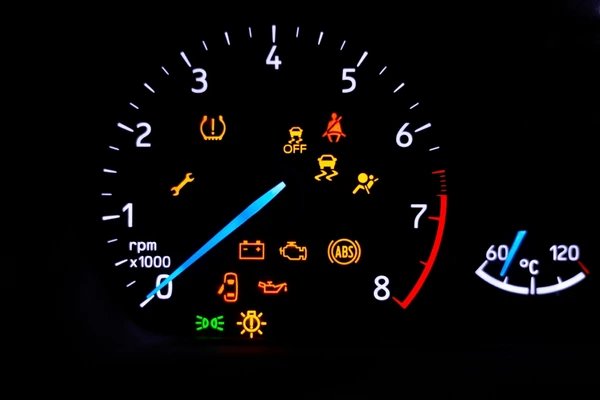
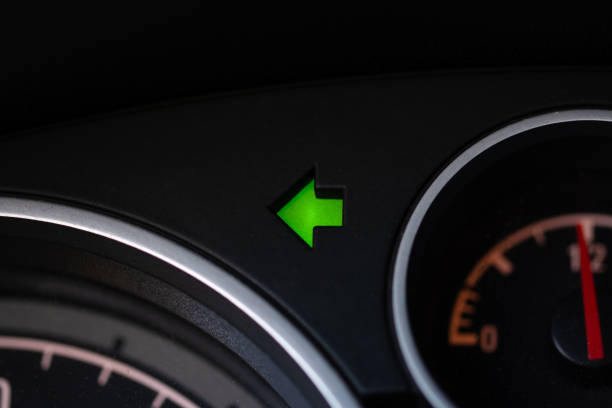
8. Dashboard indicators
Green/blue lights – informational (e.g., lights on).
Orange/yellow – warning, something needs monitoring.
Red – stop immediately! Indicates a serious problem.
9. Braking system
Check brake fluid level in the reservoir (usually DOT4). It should be between MIN and MAX.
Before driving, press the brake a few times – the pedal should feel firm and responsive.


10. Cruise control and adaptive cruise control
Cruise control – maintains a set speed.
Adaptive – maintains speed and distance from the car in front using radar.
Benefits: less fatigue, more fuel-efficient.
Risks: may not detect small objects, poor visibility can interfere with sensors.
11. Parking sensors
Help detect obstacles when parking.
The signal becomes more frequent as you approach an object; continuous tone at ~30 cm.
Some cars also have a rearview camera.
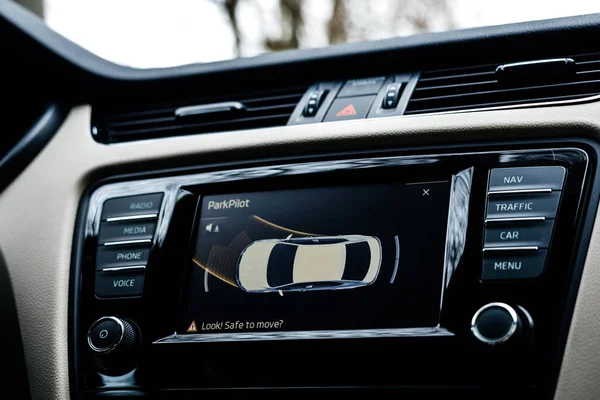
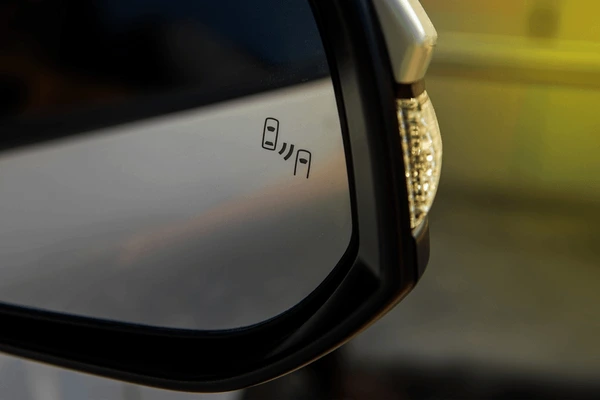
12. Lane assist and blind-spot sensors
Lane assist helps keep the car in its lane and warns if you approach the line.
Blind-spot sensors alert in mirrors if there’s a car in the adjacent lane.
Important: systems may not detect small objects or work well in snow.
